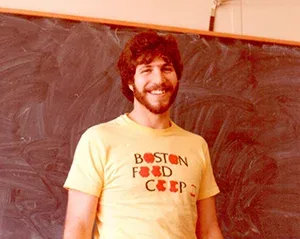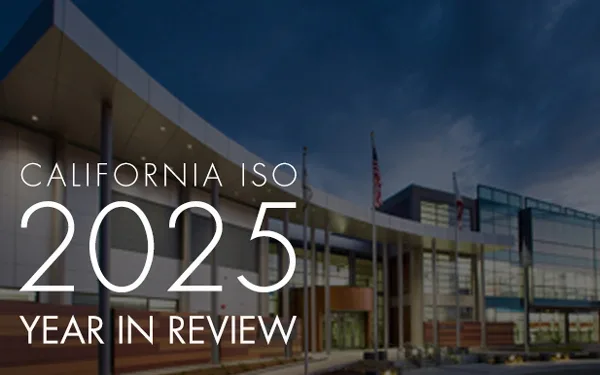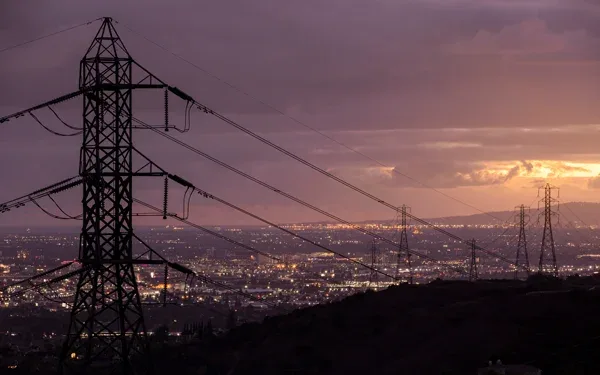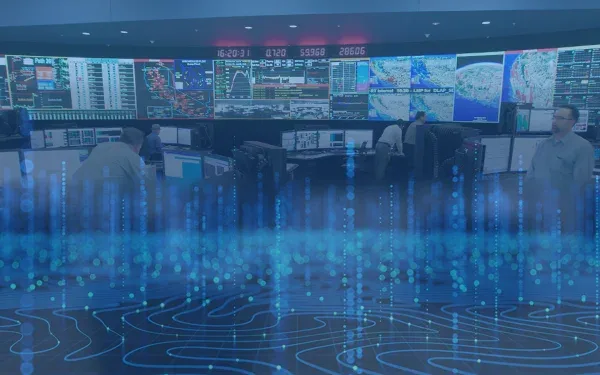Another year of new challenges and opportunities at CAISO
When I became Chair of the CAISO Board of Governors at the beginning of 2025, my LinkedIn connection requests went way up. It is my ongoing honor to be on the Board and I hope to be effective in the extra responsibilities of the Chair: coordinating efficient meetings and decision making of the Board while serving as a bit more of a face of CAISO than one does as a regular Board member.

Let me begin by introducing myself to those who don't know me, or who only know me in my role on the Board. When I finished high school in Berkeley during the post-Watergate 1970s, I wanted to change the world by going to law school. But I soon found economics was a way to influence policy while exercising my interest in statistics and quantitative thinking. In 1978, I graduated from UC Berkeley and went to work as a staff economist at the Civil Aeronautics Board just as that institution was deregulating the airline industry. I had the great fortune to work with some outstanding economists including Alfred Kahn, then the head of the Board and one of the early leaders when it comes to rigorous thinking about economic regulation.
After graduate school at MIT, I became an Assistant Professor of Economics and Public Policy at the University of Michigan. In the early years of my career, I mostly studied competition and pricing in the airline industry, while teaching courses on economic regulation that included many weeks on utility regulation.
My interest in energy actually started with gasoline pricing and competition. Along the way, I found my way back to California, moving to UC Davis and then the Haas School of Business at UC Berkeley.
I was appointed Director of the UC Energy Institute in July 1994, which was also the year that California started the process of restructuring its electricity markets. So, a few months later, I found myself in Sacramento testifying at the Capitol on electricity restructuring. I spent much of the next few years doing research on competition in electricity markets, a challenging endeavor in part because no market had been restructured for more than a couple years. In 1997, I wrote a paper with Jim Bushnell (now a Professor at UC Davis and a member of CAISO's Market Surveillance Committee) that examined how generators in a deregulated wholesale market could exercise market power and drive up prices. The paper, unfortunately, turned out to be a fairly accurate description of what happened during California's 2000-2001 electricity crisis.
In those years, I also served on the Board of Governors of the California Power Exchange, which ran the state's wholesale market from its inception in 1998 until the Exchange ceased operations in 2001.
My direct experience with the early days of electricity restructuring in California deepened my understanding of the importance of resource adequacy, good market design, effective market monitoring and responsible governance, all issues that California policymakers and energy planners have taken to heart in the last 25 years.
In fact, during the past ten years, the CAISO’s well-operated Western Energy Imbalance Market (WEIM) has proven to be a key tool in supporting system reliability during extreme weather events and providing financial benefits for electricity customers in California and across the West.
Over the years, I've also served on numerous local, state and federal commissions, including the California Attorney General's Gasoline Price Task Force (1999-2000), the Emissions Market Assessment Committee that advised the California Air Resources Board on the state's cap and trade program (2012-2013), the US Department of Transportation's Future of Aviation Advisory Committee (2010-2011), the California Energy Commission's Petroleum Market Advisory Committee (2014-2017), and the Bay Area Air Quality Management District's Advisory Council (2015-2020). When I was nominated for the CAISO Board, it was a natural next step in using what I've learned from research, teaching, and public service to help change the world.
But I had no idea how much the world was about to change on its own. When the pandemic struck in early 2020, the CAISO had to deal with unprecedented shifts in demand patterns while also making huge adjustments to operations and staff interactions. I already knew that this was a high-functioning organization, but I learned just how truly outstanding it is. Did you know that before 2020 CAISO had not only planned for natural disasters and terrorist attacks, but also had a specific plan for pandemics?
Shortly before the pandemic hit, our longtime CEO Steve Berberich had announced he would retire in mid-2020, so the Board set to work on hiring a new CEO. We were lucky to find the multi-talented Elliot Mainzer. Elliot and the CAISO team have reinforced ties with the California Public Utilities Commission and the California Energy Commission, and taken other steps to improve grid reliability, while onboarding batteries and other resources at a record pace. They have also strengthened collaborative relationships with utilities and stakeholders across the west through the continuing expansion of the WEIM and the development of an Enhanced Day-Ahead Market.
But there is still much work to do. Climate change is a global problem. The most effective way California can contribute is by demonstrating that cutting emissions need not lower reliability, raise costs, or hurt economic growth. CAISO's role in that effort is not to make climate policy, but to make it work. That means constantly evolving its rules and operations, from creating protocols for appropriately compensating battery storage, to effectively incorporating demand flexibility in load balancing, to accelerating the interconnection of new resources and loads, to supporting efforts to improve regional trade, just to name a few of the issues we face in 2025. And at the same time, continuing our outreach to other grid operators around the world. CAISO hosted a steady stream of visiting delegations in 2024.
As I begin my seventh year on the Board, I'm more aware than ever that this means CAISO must not just keep doing well what it already knows how to do, but must constantly be innovating. That often means multiple parallel tracks of stakeholder processes and policy debates, which can stretch not just our outstanding staff, but also the hard-working market participants. I'm sure there are days we all wish that it would slow down a bit, but neither the evolution of technology nor the threat of climate change give us that option.
CAISO's critical role in creating a clean, reliable, and affordable energy system – and demonstrating those goals are achievable globally – is what made me want to be a part of this organization. I look forward to another successful year in 2025.


